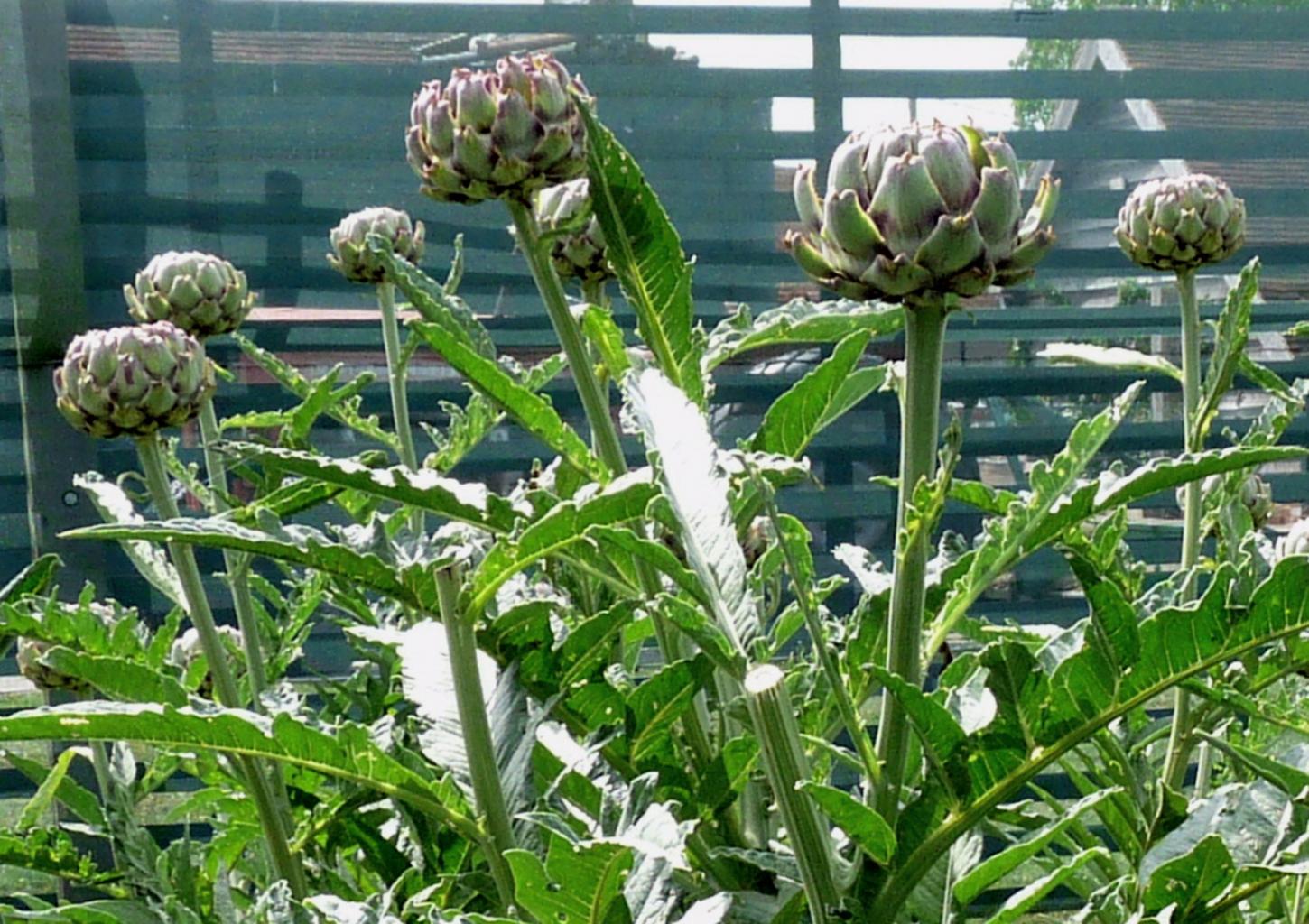Abstract
According to the latest data on artichoke land use, Italy is the world’s largest cultivated area as of 2022, with an area of 38.2 thousand hectares. As can be seen from this figure, Italy occupies a leading position in artichoke production. This advantage may be due to the fact that Italy’s climate and soil conditions are suitable for artichoke cultivation. Although artichokes are cultivated in other regions and countries, Italy tends to boast an overwhelming production volume. This situation is likely due to Italy’s wealth of agricultural technology and experience, as well as its high competitiveness in the market. Although other countries may also be focusing on artichoke production, it is not expected that they have reached a scale large enough to threaten Italy’s position. Artichoke production will continue to expand, mainly in Italy, while cultivation in other regions may be promoted in response to increasing demand.
Artichoke land use (Worldwide)
Since 1961, artichoke cultivation in Italy has shown significant fluctuations. The peak was in 1971 with 63.7kha, reflecting its prime role in global production. Since then, land use has decreased, with current figures at 38.2kha, about 59.9% of the peak. Despite this decline, Italy remains the largest producer, showcasing its enduring significance in artichoke agriculture. The trends highlight a shift in agricultural practices and possibly changing consumer preferences, yet Italy’s commitment to artichoke cultivation persists.


The maximum is 3.19Mt[2016] of Canada, and the current value is about 72%
Artichoke land use (latest year, worldwide)
As of 2022, Italy leads in artichoke cultivation with 38.2kha, significantly surpassing the global average of 2.69kha. This positions Italy as the dominant player in artichoke farming, contributing substantially to the global total of 113kha. Historical data shows that while Italy’s share remains high, it represents a decrease from its peak. The global distribution reflects a concentrated cultivation pattern, with Italy’s vast acreage underscoring its central role. Trends suggest ongoing dominance by Italy despite fluctuating global land use.


The maximum is 2.3Mt of Canada, the average is 145kt, and the total is 6.66Mt
Artichoke Land Use (Continent)
As of 2022, artichoke cultivation in Europe leads globally with a total of 109kha dedicated to this crop. This region’s prominence highlights a robust agricultural sector and a longstanding tradition of artichoke farming. The significant land allocation underscores Europe’s strategic focus on this crop, potentially driven by favorable climatic conditions and consumer demand. Historical trends indicate stability and possibly growth in European artichoke cultivation, reflecting sustained investment and expertise in agricultural practices. This data underscores Europe’s pivotal role in global artichoke production, maintaining its position as a key contributor to the agricultural landscape.


The maximum is 3.78Mt[2016] of North America, and the current value is about 67.8%
Artichoke land use (latest year, continent)
In 2022, Europe dominates artichoke cultivation with 58kha, significantly higher than the global average of 22.6kha. This extensive land use reflects Europe’s strong agricultural focus on artichokes, supported by favorable growing conditions and established farming traditions. The total global land use for artichokes is 113kha, with Europe’s share highlighting its leading role in production. Trends suggest that Europe continues to maintain a substantial portion of the global artichoke acreage, indicating both regional expertise and persistent demand for the crop.


The maximum is 2.6Mt of Asia, the average is 1.11Mt, and the total is 6.66Mt



Comments